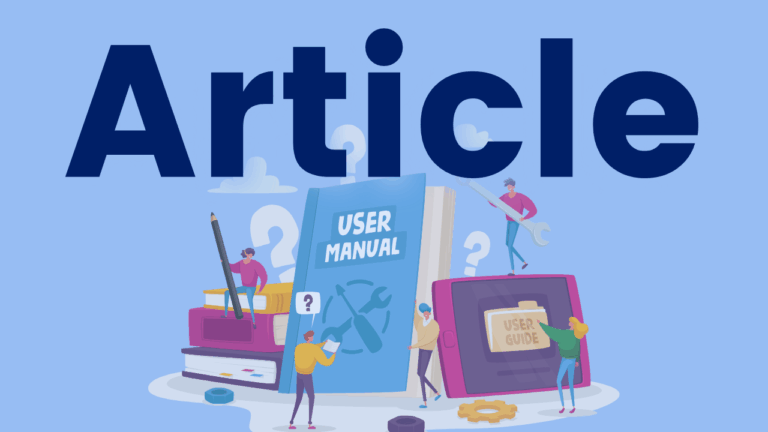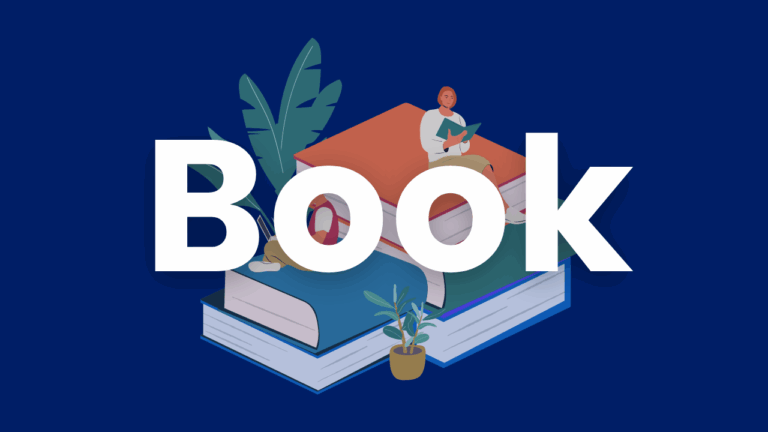Know the Facts About Reading
This article is a quick read that informs the reader about the FACTS about reading, dispelling any myths or misconceptions.

This article is a quick read that informs the reader about the FACTS about reading, dispelling any myths or misconceptions.

Wondering where to start with morphology and how it can tie in with your explicit vocabulary instruction? This 36-page resource is full of lesson ideas and activities that you use with your students. This resource provides some essential background knowledge of morphology for all educators and then provides several lesson frameworks that you can use with your students, using the new Ontario Curriculum. It provides a suggested scope and sequence as well as word lists, but remember that the scope and sequence for morpheme introduction for the new curriculum is found on page 6 of Appendix A (Word-Level Reading and Spelling: Applying Phonics, Orthographic, and Morphological Knowledge). Once the introductory morpheme sequence from the curriculum has been consolidated, the word and morpheme lists found in this resource you can use to expand students’ morphological understanding beyond Grade 4 and across many subject areas.

In this International Dyslexia Association Perspectives article, Judith C. Hochman and Natalie Wexler discuss why writing is challenging and how educators can teach these skills effectively to their students. They discuss sentence-level activities, embedding writing instruction in content knowledge, and how to prepare students for lengthier writing.

In this International Dyslexia Association Perspectives article, Timothy Shanahan discusses the importance of using challenging texts with students and outlines teacher supports that can be used to facilitate learning. Along with providing historical context for the use of leveled readers, Shanahan explores the role of instructional supports in aiding students while they persevere through challenging text noting that students with a “steady diet of relatively easy texts…would be provided fewer opportunities for dealing with sophisticated vocabulary, morphology, complex syntax, subtle
cohesive links, complicated structures, and richer and deeper
content.”

This PaTTAN webinar featuring Dr. Anita Archer focuses on five high-leverage practices that you can use in your classroom everyday and across multiple content areas. Dr. Archer takes the audience through each routine with lots of examples and opportunities for practice. Grounded in explicit instruction, Dr. Archer shows how foundational skills as well as higher-order critical thinking skills can be brought together in a dynamic and systematic approach to teaching and learning. If you are an elementary educator, do not be fooled by the title, as ‘Secondary’ in the United States is for students in Grades 6 – 12. However, the information and knowledge from this webinar can be used in any classroom, K-12.

A key component of the 2023 Language curriculum is explicit, systematic instruction. In this book, experts Anita Archer and Charles Hughes share the foundations of explicit instruction, how to design lessons based on subject skills/strategies as well as vocabulary/concepts, organizing for and delivering instruction, and providing appropriate independent practice – going from I do, to we do, to you do. This book is incredible learning for classroom educators as well as special education teachers/interventionists, and can be applied to any subject or grade level. Helpful lesson templates/checklists can be downloaded and reproduced.

In this International Dyslexia Association Perspectives article, Susan B. Neuman explores the role of knowledge in comprehending texts. The article outlines how prior knowledge supports comprehension and outlines five research-based and practical principles to build knowledge networks: big ideas, word knowledge, using multiple genres, distributed review, and intentional opportunities for language engagement.

In this vocabulary and comprehension lesson, Ontario Teacher Kate Winn provides a step-by-step lesson designed to increase and enhance vocabulary and comprehension. Using the picture book Hana’s Hundreds of Hijabs by Razeena Omar Gutta, this lesson plan provides detailed, explicit instruction on using vocabulary from the book and includes the blackline master for a follow-up writing activity.

In this learning module from the PaTTAN Literacy Symposium, consultants Kirsten DeRoche and Lauren Lutz prepare educators to provide culturally responsive instruction. They discuss the importance of designing and delivering culturally responsive literacy practices that support all students within an MTSS framework. The module explores what culturally responsive teaching is, why it is needed, and what culturally responsive teaching looks like in the classroom.

In this video from PaTTAN Literacy, Lyn Stone shows, through practical demonstration, the benefits of systematically teaching the orthographic patterns of written English. Drawing on principals of cognitive load theory, linguistic analysis and her vast experience in varied educational settings, Lyn offers suggestions for implementing high quality spelling lessons into everyday classroom instruction.

Etymonline is a free online etymology dictionary that provides information about the origins and historical development of words in English. It offers detailed explanations of word origins, meanings, and changes over time, often tracing words back to their earliest recorded usage. This resource can help educators and students understand how words have evolved and diversified throughout history, as well as help understand the orthography and morphology of words.